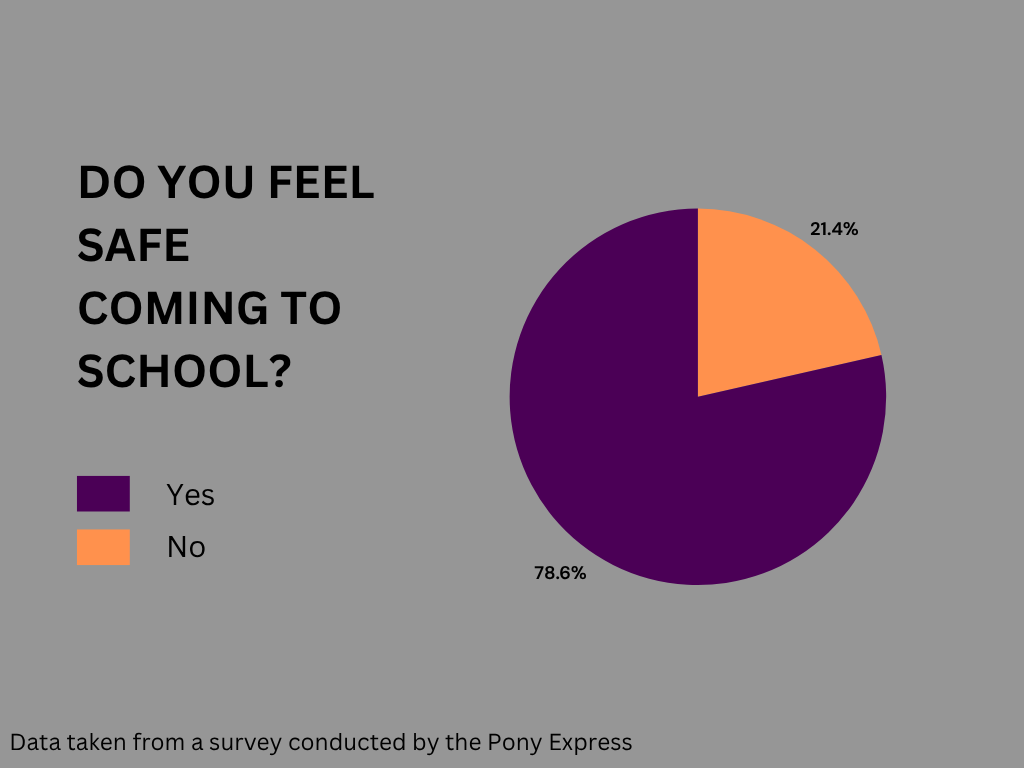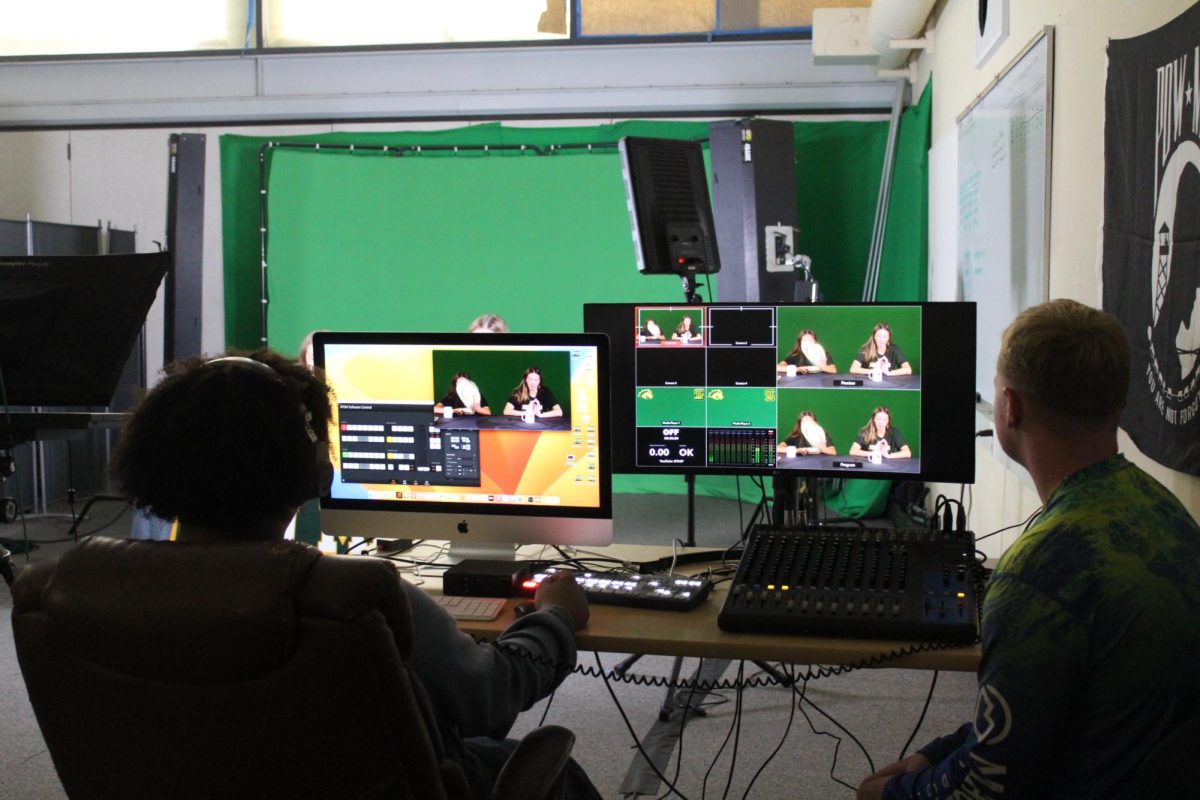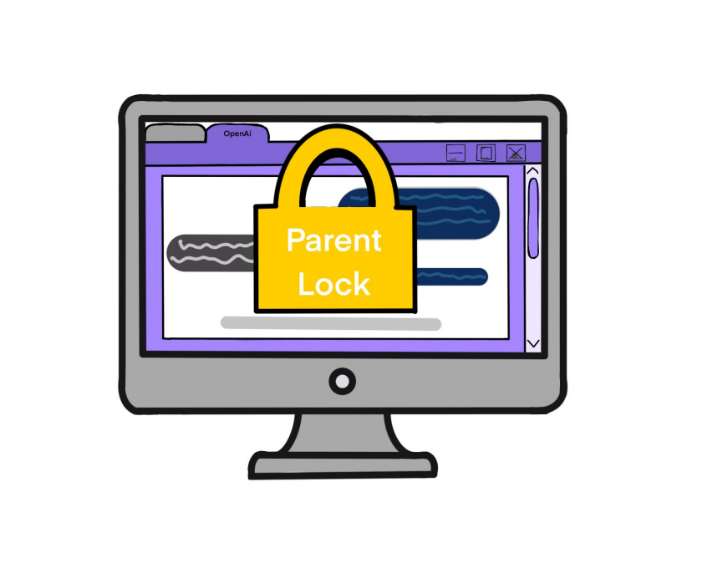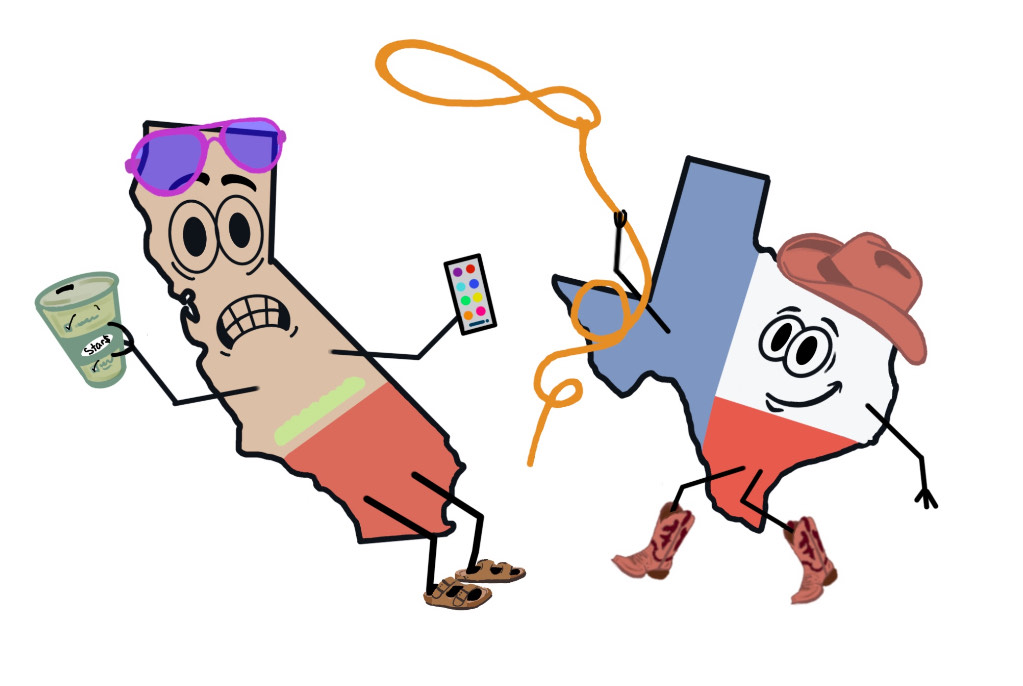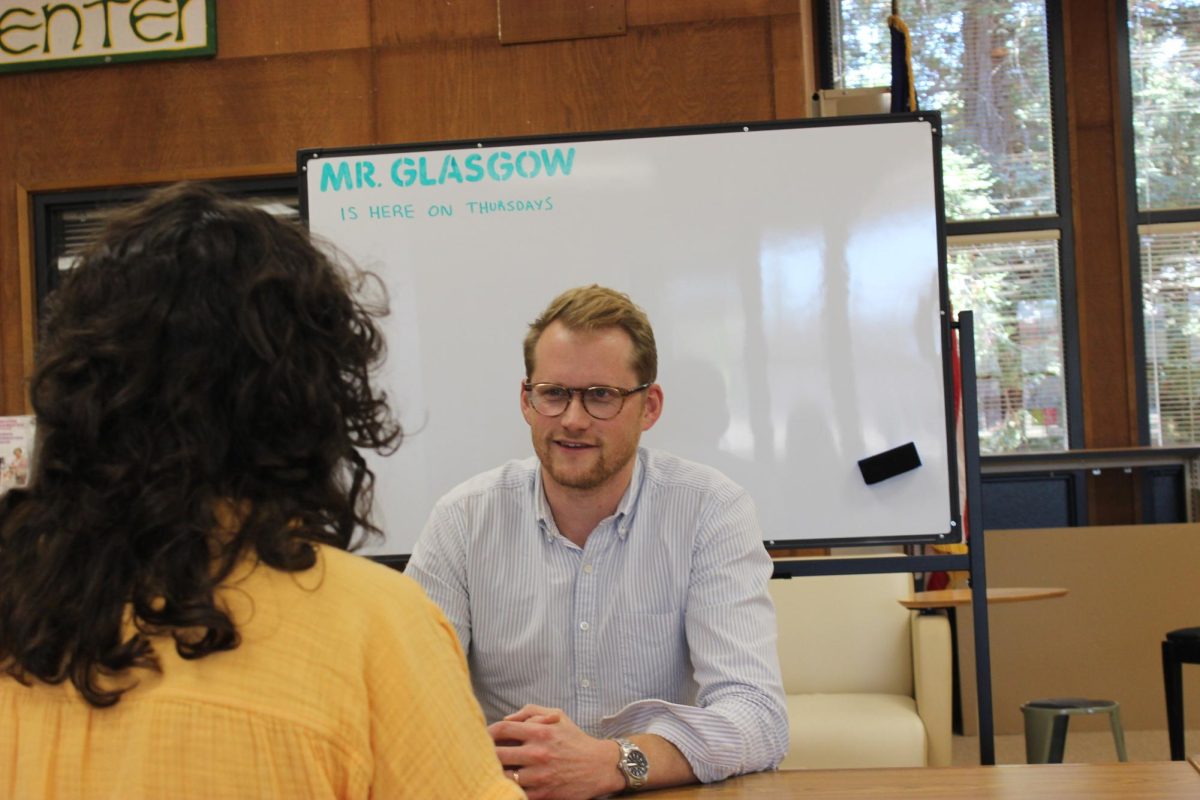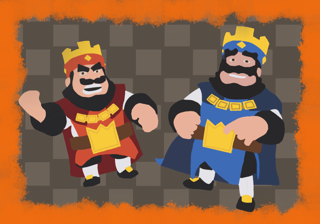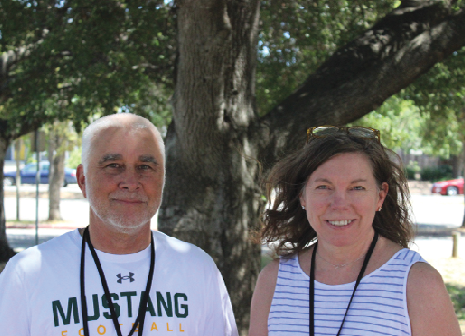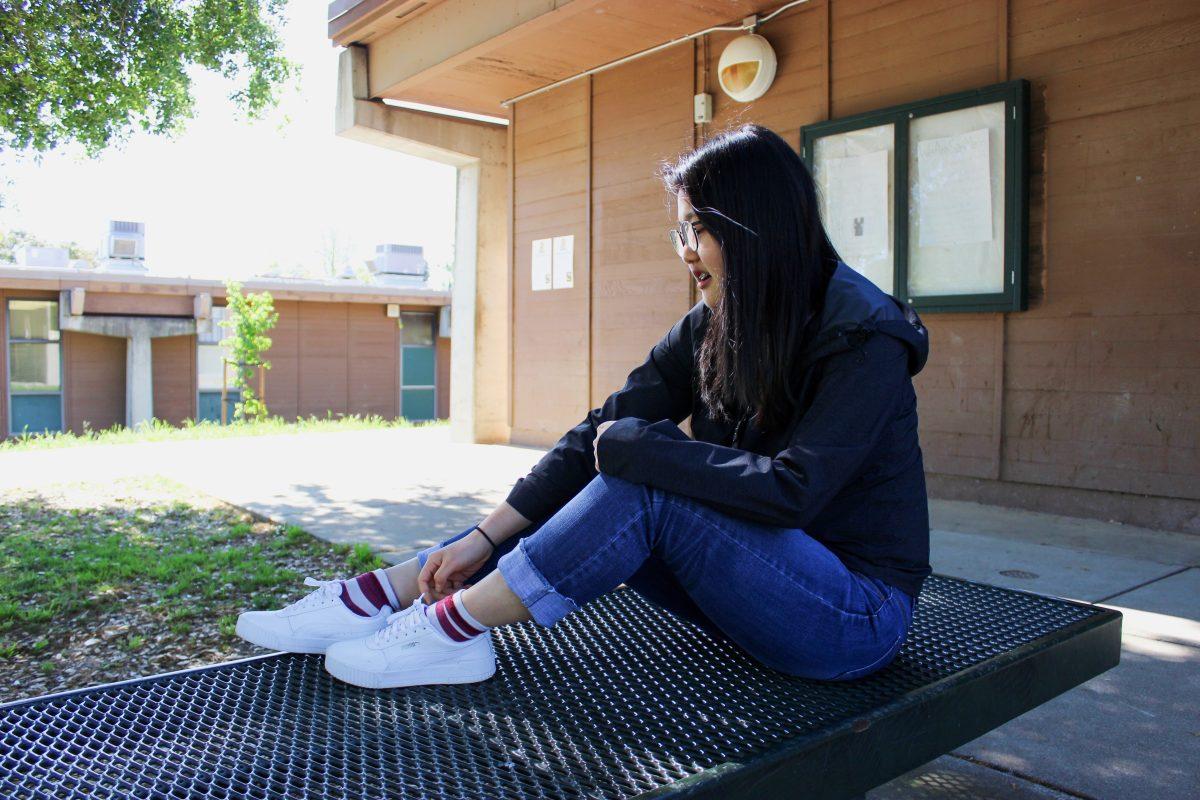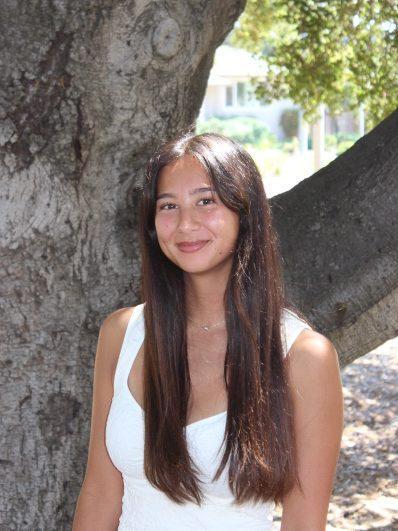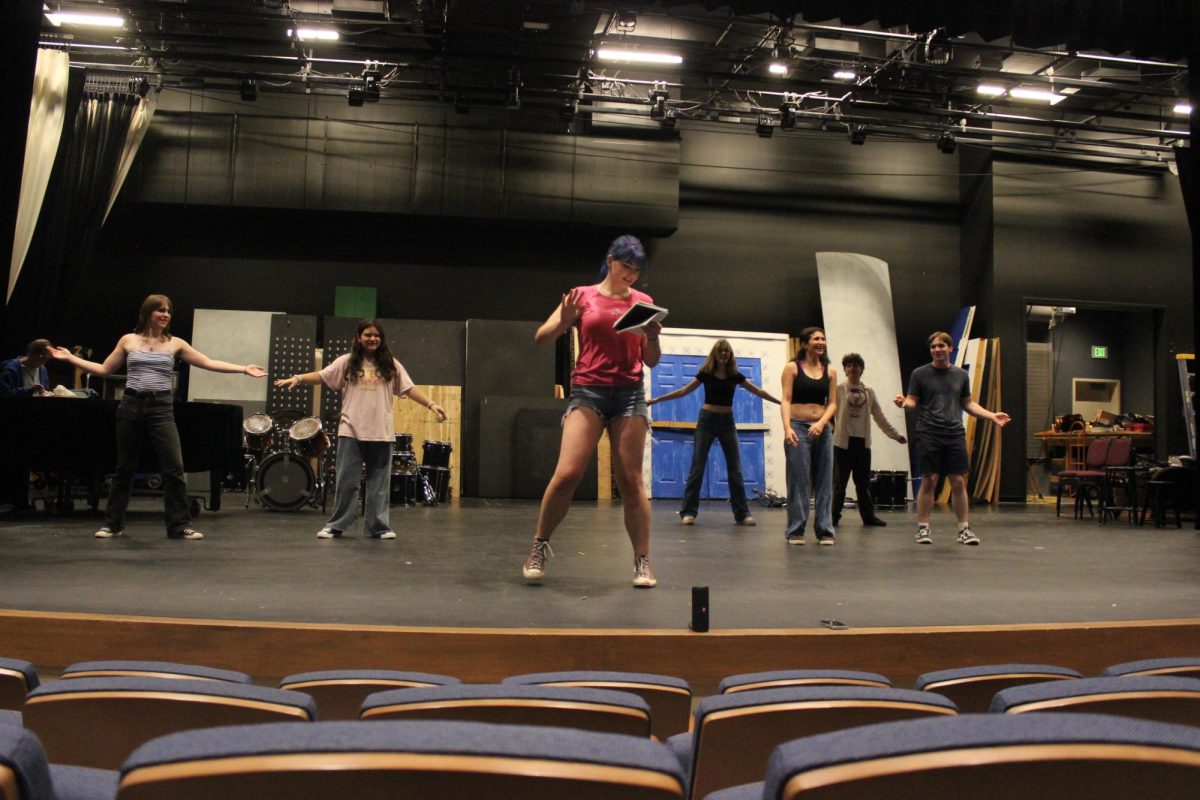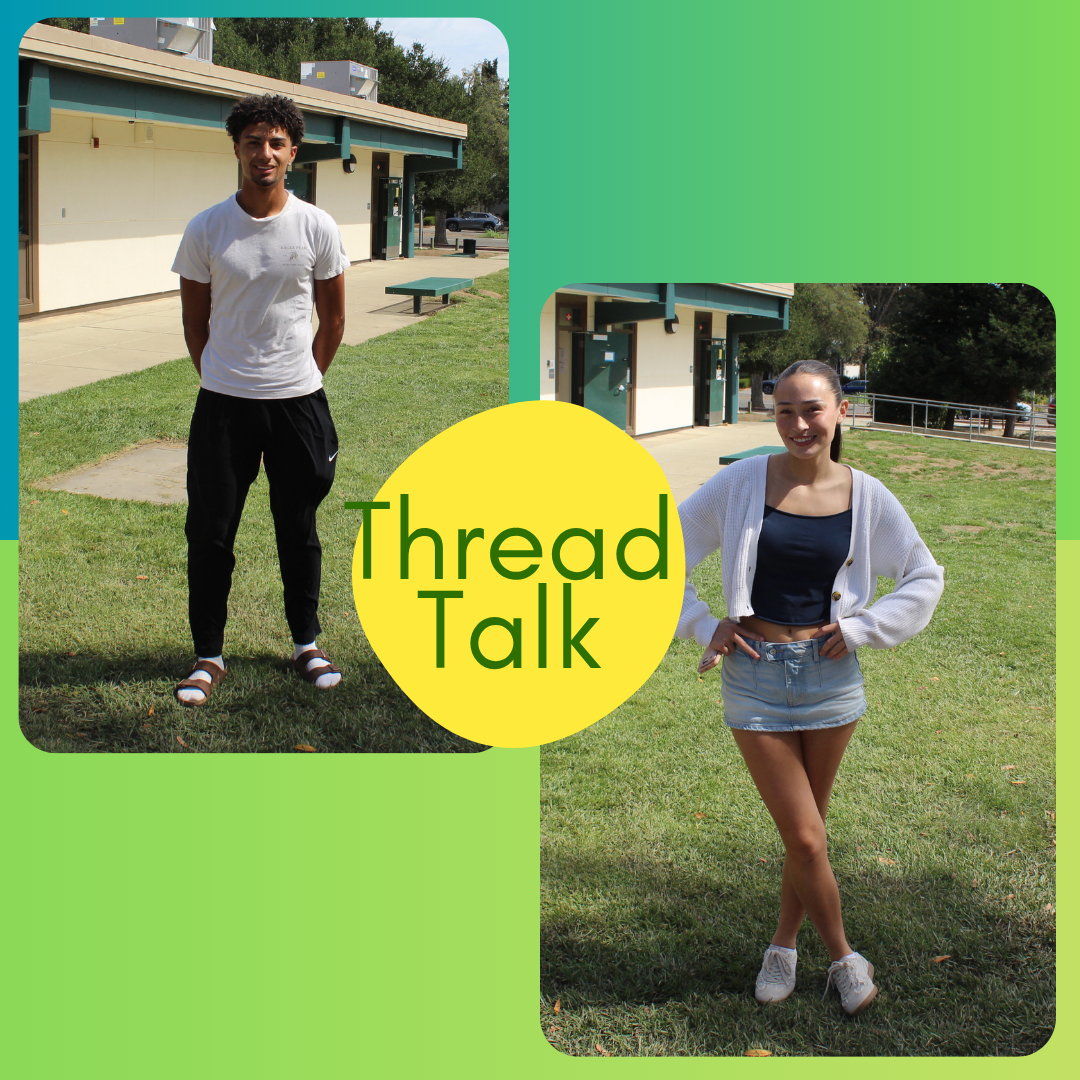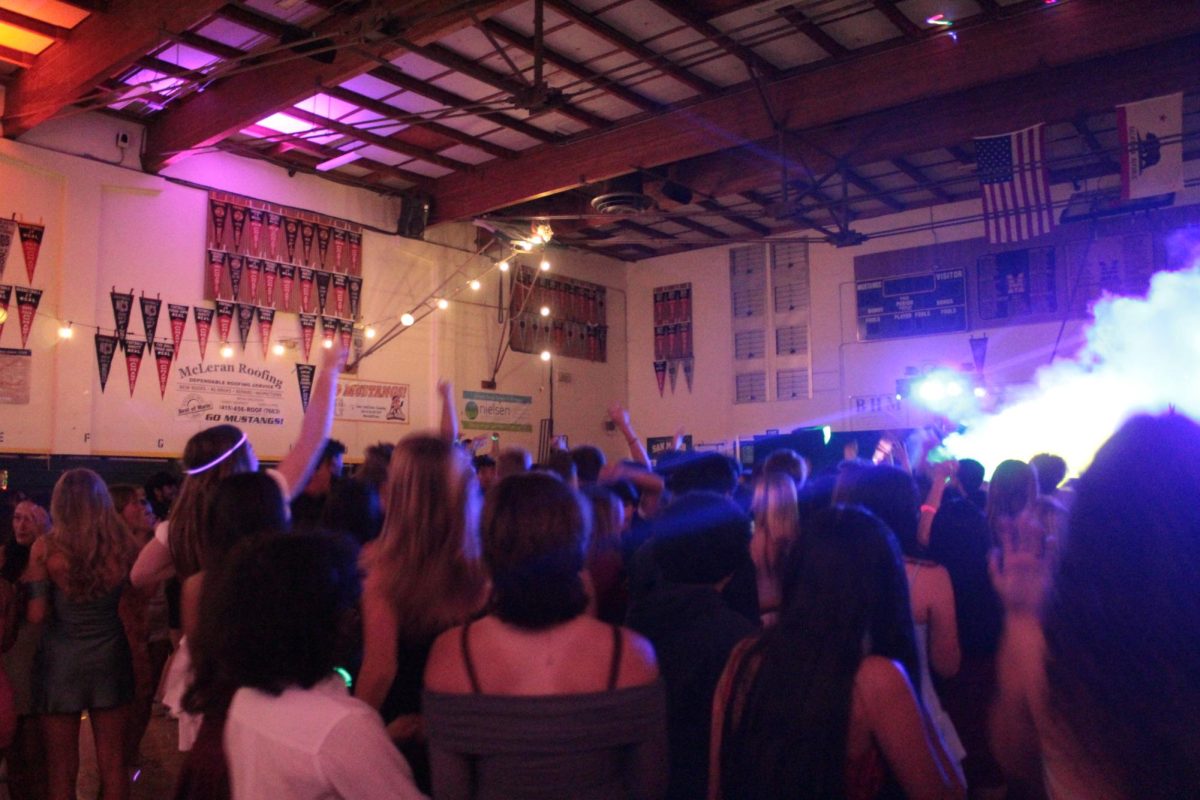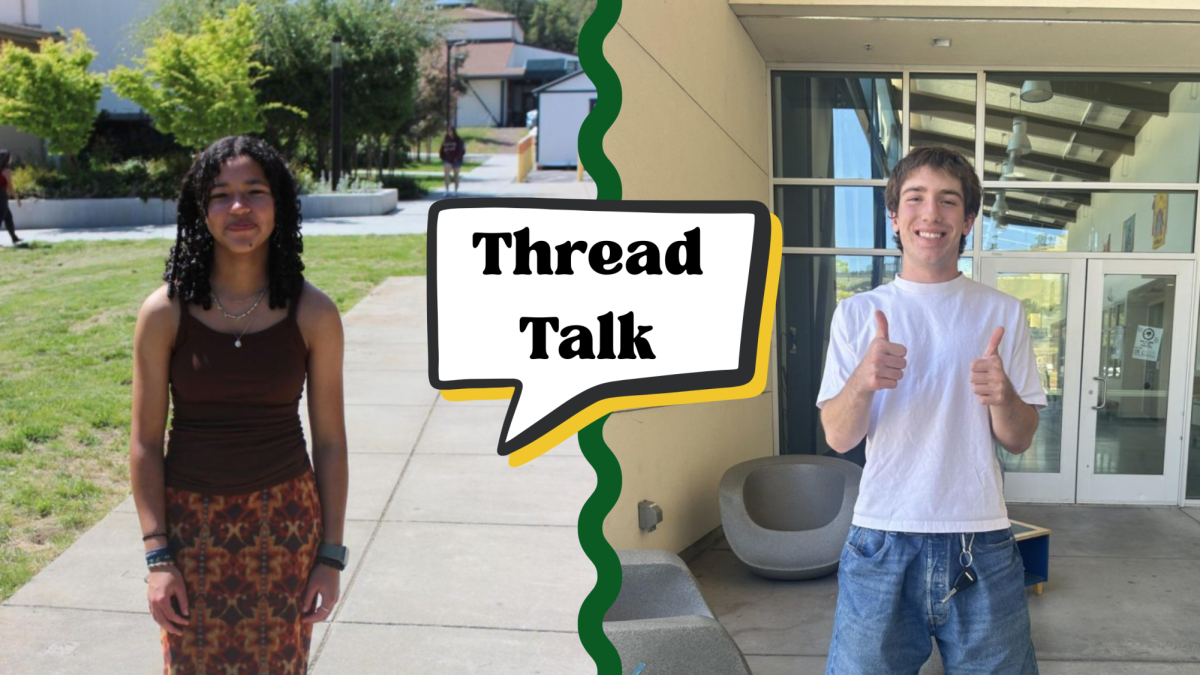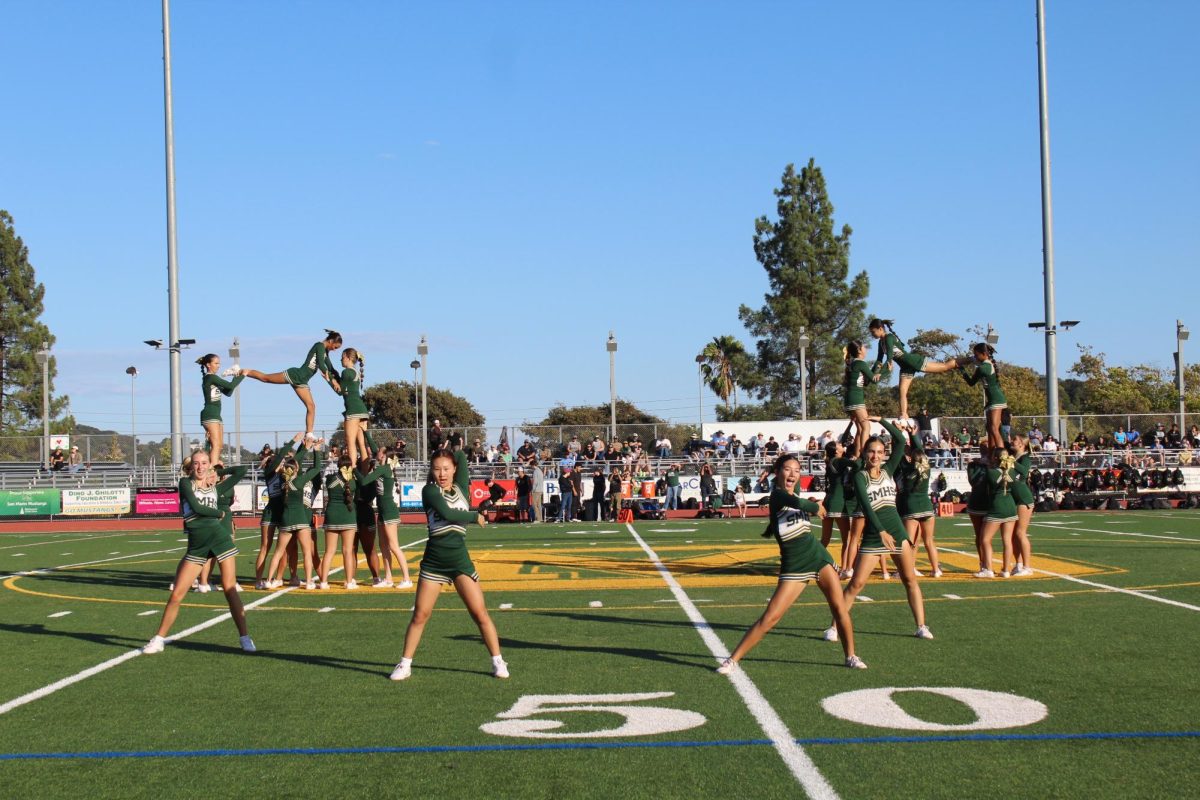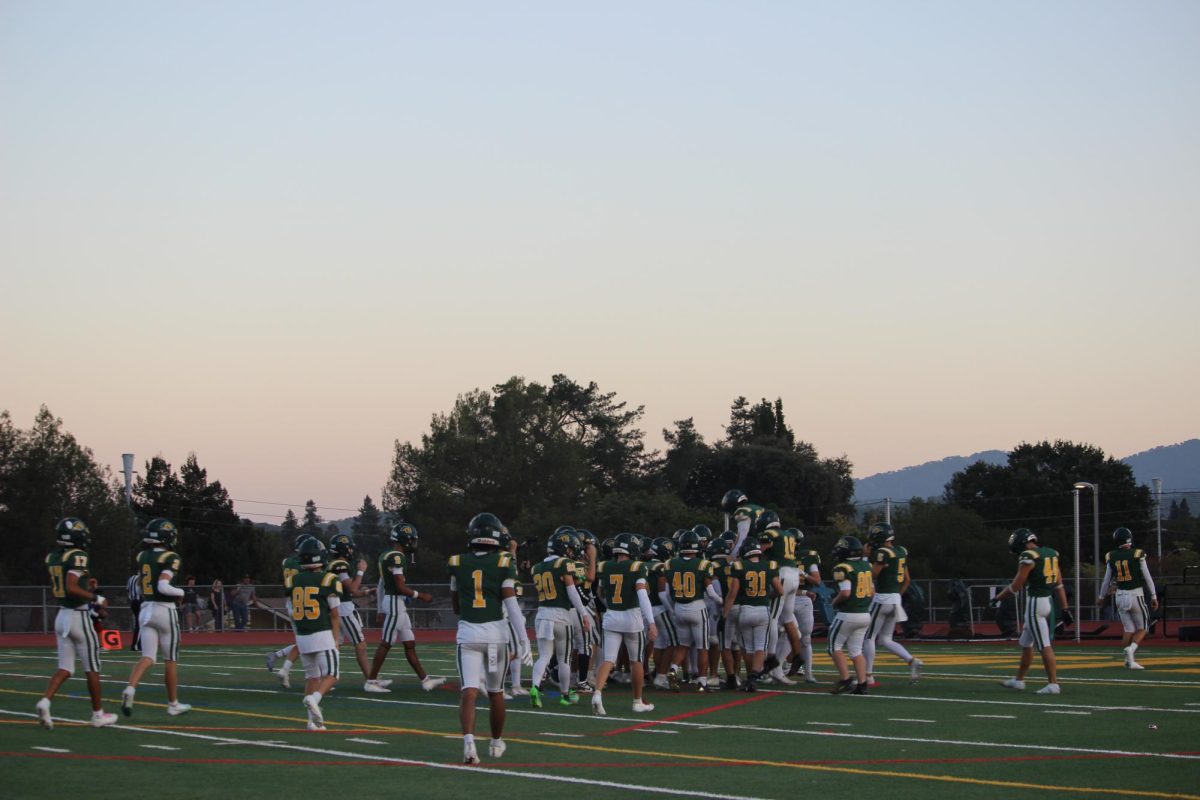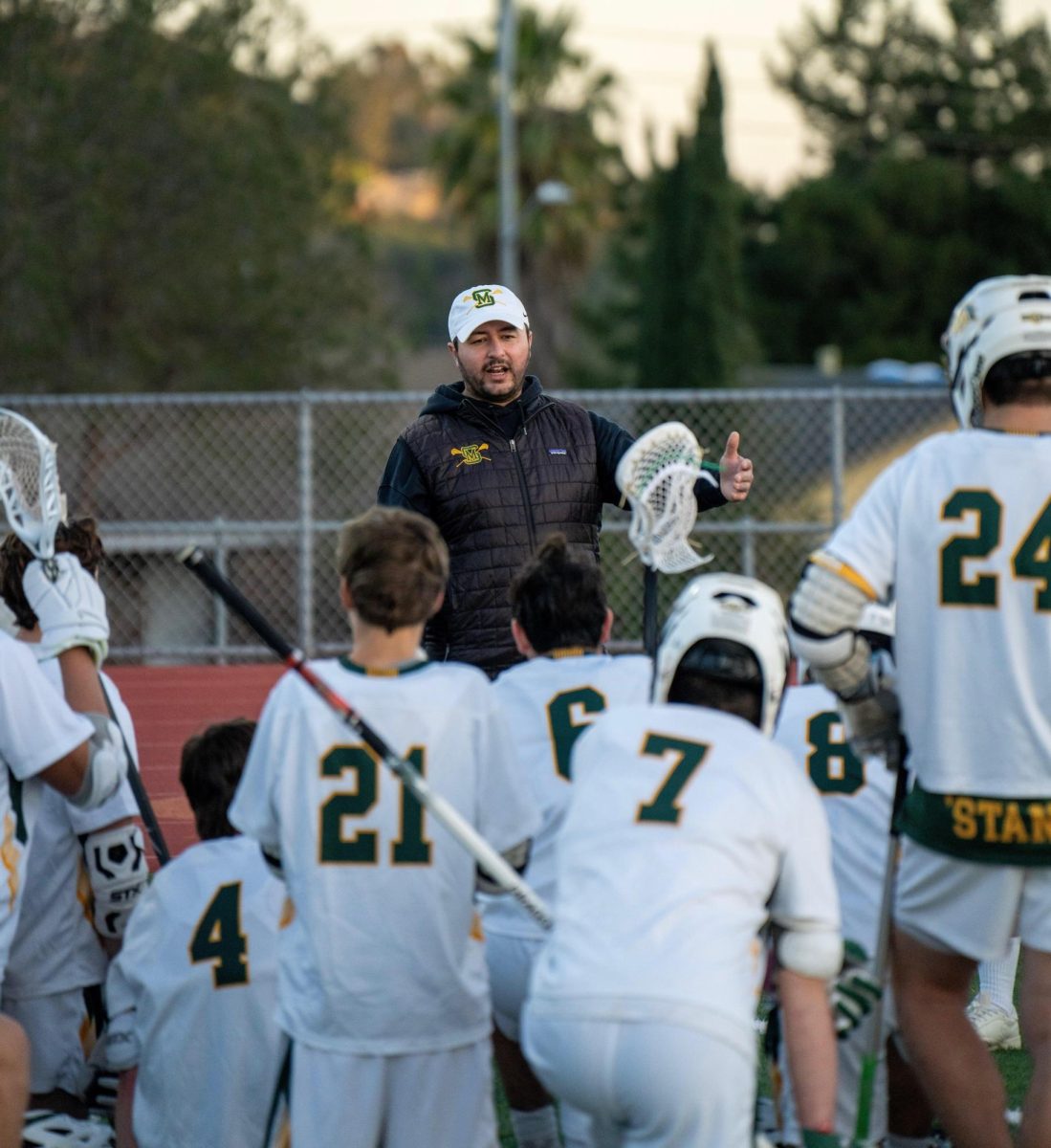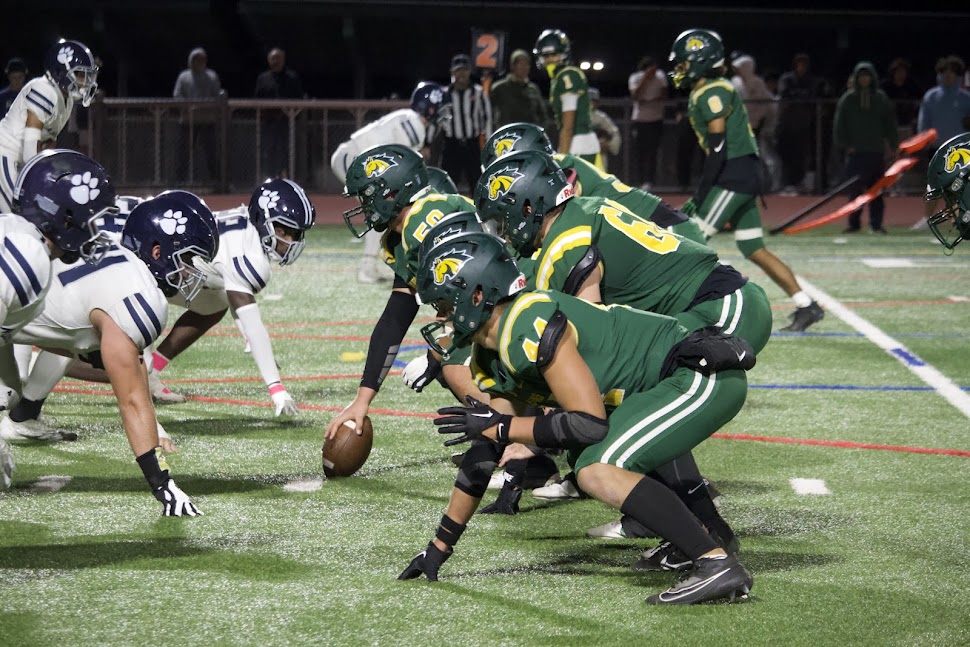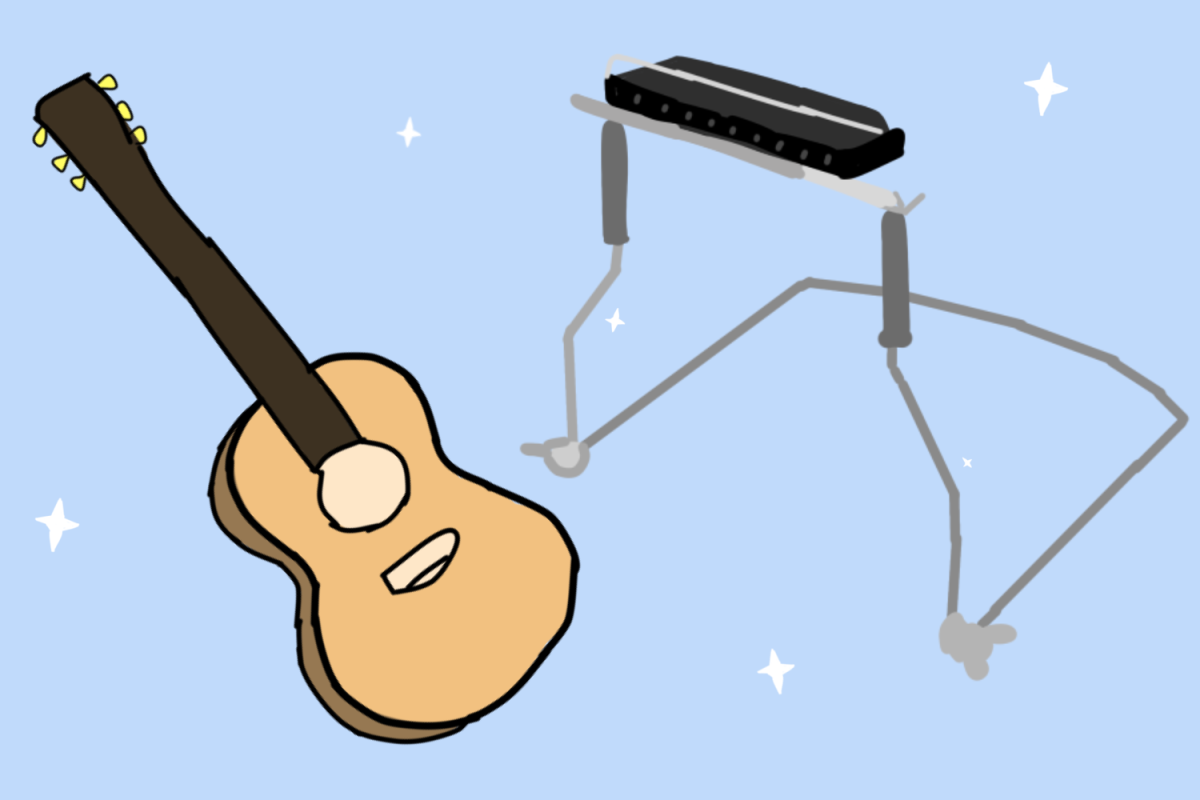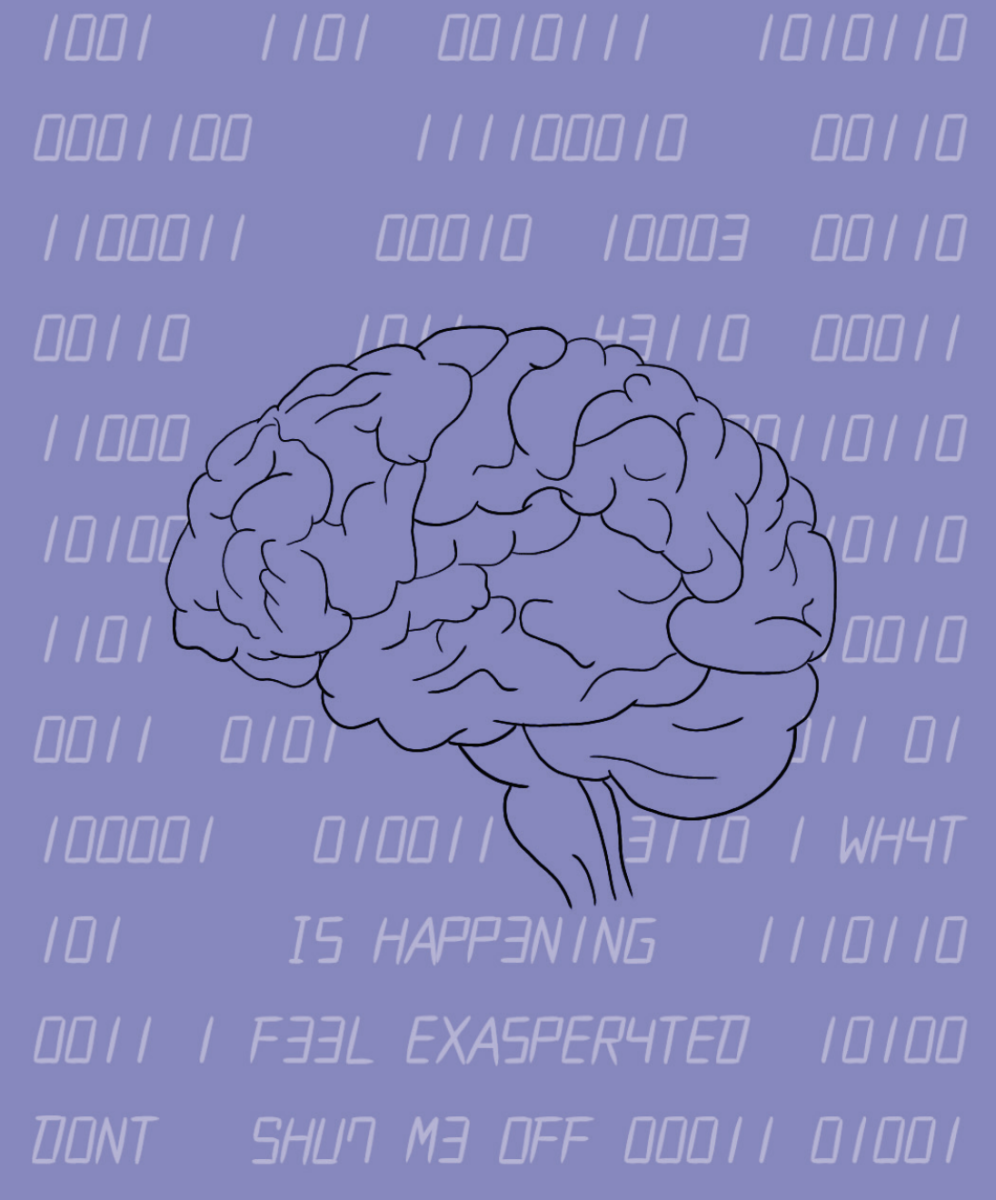As the use of artificial intelligence (AI) increases globally, teachers have begun adapting ways to utilize AI within their classrooms.
Teachers are beginning to use AI to help grade assignments and give feedback. Some of San Marin’s staff have started experimenting with how this will change education as a whole and how to use technology positively.
STEM teacher Nick Williams uses Enlighten AI, a grading assistant that works with Google Classroom.
He feeds it a rubric and a well-done example that is a four on the four-point proficiency scale. From there, AI will analyze students’ work and provide personalized feedback and a grade. He also uses Revision History, a Chrome extension that shows the amount of time each student spends writing on the document, as well as the number of large copy-and-paste sentences.
Williams then reads the student’s work, references the information given by AI, and provides the student with their grade.
Freshman Mac Dean is taking physics with Williams and has found the AI generated feedback to be extremely beneficial. After completing an assignment he is provided with tips to strengthen his knowledge of the subject and improve his overall writing. He can then re-evaluate his work and understand how much of the curriculum he knows.
“I actually like it because it helped me see what I did wrong and what I did well,”
Mac Dean
Freshman
“I actually like it because it helped me see what I did wrong and what I did well,” Dean said.
Proficiency-based education relies on feedback that follows three main pillars: quality, quantity, and consistency.
With Enlighten AI, one to three paragraphs describing the strengths and weaknesses of the student’s work are given moments after they click turn in.
Williams has 180 students this year, so without the use of an outside tool, he feels unable to provide the needed amount of feedback that proficiency-based education thrives on.
“A big part of proficiency-based education is giving really good, high-quality student feedback so students know where their work is hitting mastery and where they can continue to grow,” Williams said.
Principal Andy Boone sees the potential advantages of teachers using AI. Boone has tried out AI before and is familiar with its different tools and abilities. He believes it is an extra resource they can use to brainstorm creative ideas.
However, he acknowledges that there is a lot of unknown surrounding AI and will proceed very cautiously. There are no current laws regulating the use of AI in schools, so districts are left with the power to decide how to proceed individually.
“We believe that AI, and more especially large language models
Andy Boone
and programs like Chat GPT 4.0, will help solve problems as an
academic institution,”
Principal
“We believe that AI, and more especially large language models and programs like Chat GPT 4.0, will help solve problems as an academic institution,” said Boone.
Boone, Williams, and senior Disha Divakar presented their thoughts on AI at a NUSD board meeting on Sept. 24.
While originally opposed to the use of AI in the classroom, after learning about its potential during a conference hosted by World Savvy, an organization dedicated to redesigning school environments to meet global changes, Divakar now encourages the use of the tool for staff and students.
“There is power here if we all work together,”
Disha Divakar
Senior
“There is power here if we all work together with open and honest dialogue to see how we can use this magical tool,” Divakar said.

